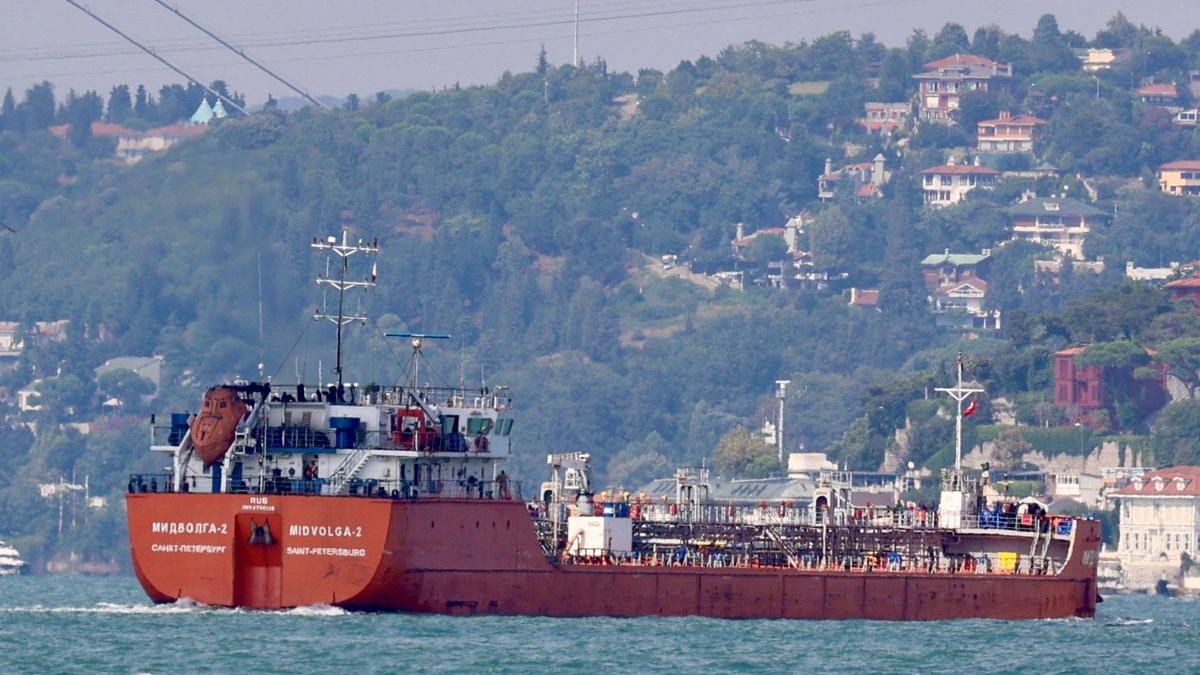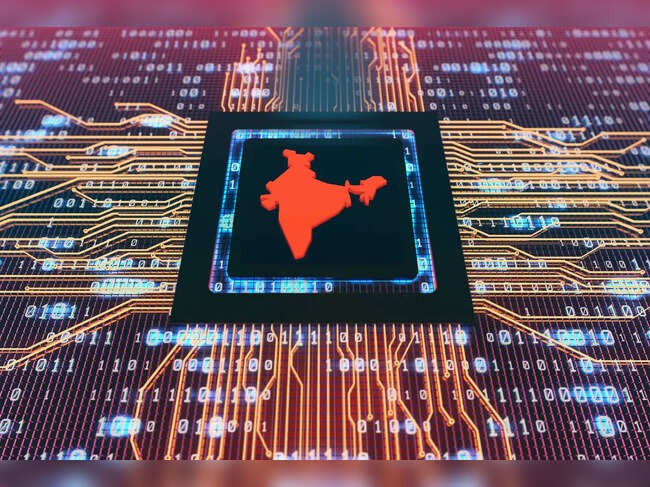



India's apparel industry has a low global export share due to a lack of scale, as over 80% of its units are small. To reach its $40 billion export target, it needs bold reforms. This includes providing affordable capital, flexible labor laws, and creating dedicated garment parks to help build large-scale firms.

Copyright infringement not intended
Picture Courtesy: FINANCIALEXPRESS
Scaling up India’s garment industry can unlock export growth and job creation across the textile value chain.
It employs 45 million people and contributes 2.3% to the GDP.
India's share in the global apparel trade is a mere 3%.
The government has set an ambitious export target of $40 billion for the apparel sector by 2030, however, current trends suggest this is unlikely without considerable transformations.
Fragmented Industry => Over 80% of India's apparel manufacturing units are micro, small, and medium enterprises (MSMEs). This fragmentation prevents them from handling large-volume orders from global brands. Countries like China, Vietnam, and even Bangladesh have built massive, export-focused factories. These large-scale operations allow them to produce huge quantities efficiently, reduce costs, and deliver orders faster.
High Capital Cost => India's capital costs remain high, averaging 9%, compared to 3-3.5% in China and 4.5% in Vietnam. In a sector with razor-thin margins, access to affordable capital are essential for gaining competitiveness.
Financial Incentives
To encourage investment in large-scale manufacturing, the government should offer a capital subsidy for new units that meet a certain size threshold. A tax holiday of five to seven years for the large units would provide the necessary financial cushion to become competitive.
Labor Law Reforms
India's rigid labor laws discourage formal employment and scaling up. Experts suggest making these laws more flexible. Need to revise the overtime pay mandate to align with international standards, which would reduce production costs.
Developing Garment Hubs
The government's PM Mega Integrated Textile Region and Apparel (PM MITRA) parks scheme aims to create world-class infrastructure for the textile industry. Experts suggest that some of these parks should be exclusively for garment manufacturing.
Rethinking Export Incentives
Instead of just production-linked incentives (PLI), the government should introduce export-linked incentives. This would reward companies not just for producing more, but for successfully competing and winning in the global market. The PLI scheme for textiles aims to promote the production of man-made fiber (MMF) apparel, MMF fabrics, and technical textiles.
Must Read Articles:
Indian Textile Sector Supply Chain
Technical textiles exports will cross $10 billion by 2030
Source:
|
PRACTICE QUESTION Q. How can India leverage the 'Atmanirbhar Bharat' initiative to revive its textile sector amidst stiff global competition? 150 words |









© 2026 iasgyan. All right reserved